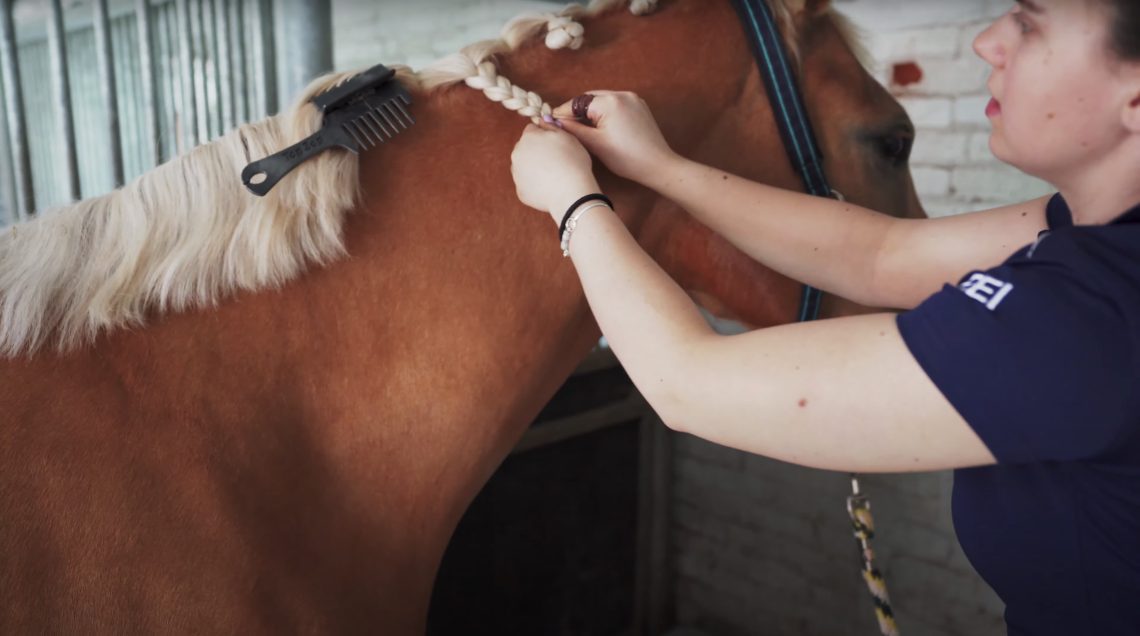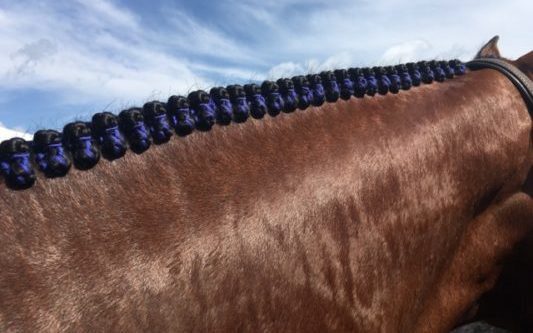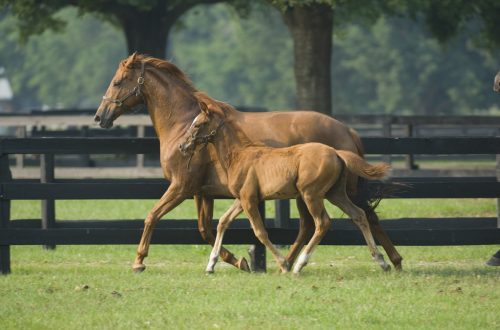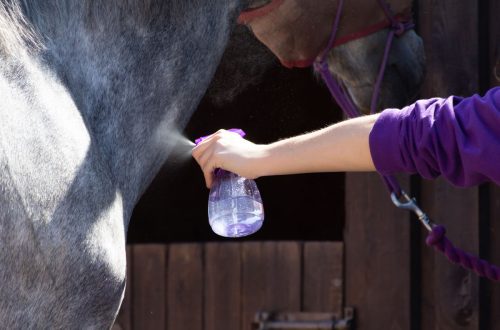
How to deal with the top XNUMX problems when grooming a mane and tail

Photo: https://equestrianontario.com/
Throughout the year, and especially during the summer months, many horse owners have common problems in caring for the mane and tail of horses. Some of their pets there are catastrophic problems with the mane and tail, ranging from purely aesthetic moments to serious diseases.
Here are some helpful tips on how to deal with the basic problems of caring for a horse’s mane and tail.
1. Hair loss.
Determining the cause of hair loss from the mane and / or tail can be very difficult. Observing a horse in a stall or in a pasture can show us that the horse is scratching and losing hair in certain places because of this. Often the cause of scratching is fungus or insect bites, which cause anxiety to the horse. If in doubt, it is not superfluous to consult a veterinarian.
Usually, the treatment of fungus or insect bites includes the use of a special shampoo, as well as topical treatment of the skin. Other horses standing nearby may become infected, so it is important to check everyone in time. Avoid using the same ears, fly masks, and cleaning brushes on different horses if these problems occur.
Other causes of hair loss from the mane and tail:
- Adhering dirt, which can irritate the horse and cause it to itch
- tightly braided mane or tail;
- skin allergies or sensitivities, usually to skin care products;
- nutritional deficiencies, including lack of essential fats;
- tangles and knots (see below);
- subcutaneous worms (also requires the intervention of a veterinarian);
- chewing (by oneself or by other horses).
Tail chewing is common in young horses, but may be part of horse communication. A safe item from a horse store can help break the habit.
Usually for overgrowing bald patches takes about a month, regardless of the cause of its occurrence. Many horses that scratch their tail or mane for a long time get used to it so much that they continue to do it even when the cause is eliminated. Resourceful horse owners wrap surfaces that the horse may rub against to avoid hair loss.
2. Knots.
Knots and tangles in the mane or tail can also cause hair loss, as the hair will be pulled out by the root if it is not groomed. Tangles in the mane and tail can be caused by the wind when the horse is wallowing, dirt, texture and thickness of the hair, and improper care.
Weaving the mane and tail can help solve this problem, because it was originally used for these purposes and only then became an element of decor. Many horses enjoy the braiding process when done correctly because there is a massage element to it and it has a relaxing effect.
Owners of horses that have a mane before tournaments braided professionals, may ask for advice on lighter weaving options for every day. A simple three-strand tail is sufficient for such situations, while simple braids are suitable for a mane.
Even a child will cope with such weaving with elastic bands at the ends of the pigtails. Although the first time you need to follow the process. An adult must be present, if necessary, use a stool to reach the mane.
For additional protection of the tail, especially a long one, you can use a pouch. Ponytail knots, which are often used in polo games, will also help to keep the ends of the hair from getting caught or tangled.
Manes and tails that are prone to tangling require proper care. Comb them gently from the tips to the base, first disassembling large knots. The more tangled the hair, the more patience will be required, as this is definitely not a matter of seconds. With the calm elimination of knots, the horse will have a positive experience.
If the horse starts to get nervous, it’s usually best to stop and continue later or the next day. Braid the parts that you have already untangled so that they do not tangle again.
Horse conditioner will help make your hair softer. It is better to use a comb with wide teeth and sometimes comb through the hair, dividing it into 3-4 strands.
Many owners make the mistake of using too much shampoo. This can cause dry hair and a lack of natural oils in the mane and tail. Therefore, it is necessary to use shampoo wisely and choose the softest and gentlest of them. Make sure you dilute the concentrated shampoo and rinse well.
3. Thorns.
You can cope with several thorns in the same ways as when eliminating knots and tangles. However, if the horse has a lot of burdock, especially in the mane, the situation requires a more serious approach. The spines can irritate the skin to the point of bleeding, and may even grow into the skin, requiring surgery.
From soft spines or those that have recently attached themselves, you can get rid of at home, carefully and gradually:
- If the skin is damaged, apply an ointment from wounds and scratches on it. Use a syringe or douche to apply it under a badly tangled knot in your hair.
- Use a mane and tail conditioner to soften your hair and let it soak in.
- Start detangling your hair a little at a time, you can use a small crochet hook for this.
- If the spines are sharp, you may need gloves or tweezers.
- Throw the thorns into a container.
- Keep the horse’s skin clean and protected from insects to prevent infection.
- Check the surrounding area, find where the burdocks grow, and pull out these plants.
Also, as with bald patches from scratching, you may need to apply sunscreen to your skin until the hair grows back. Contact your veterinarian if any complications occur, as it is always best to play it safe when it comes to horse skin.
We hope these tips help you take care of your pets!
Email: [email protected]
Tel .: + 7 (916) 235-37-38





